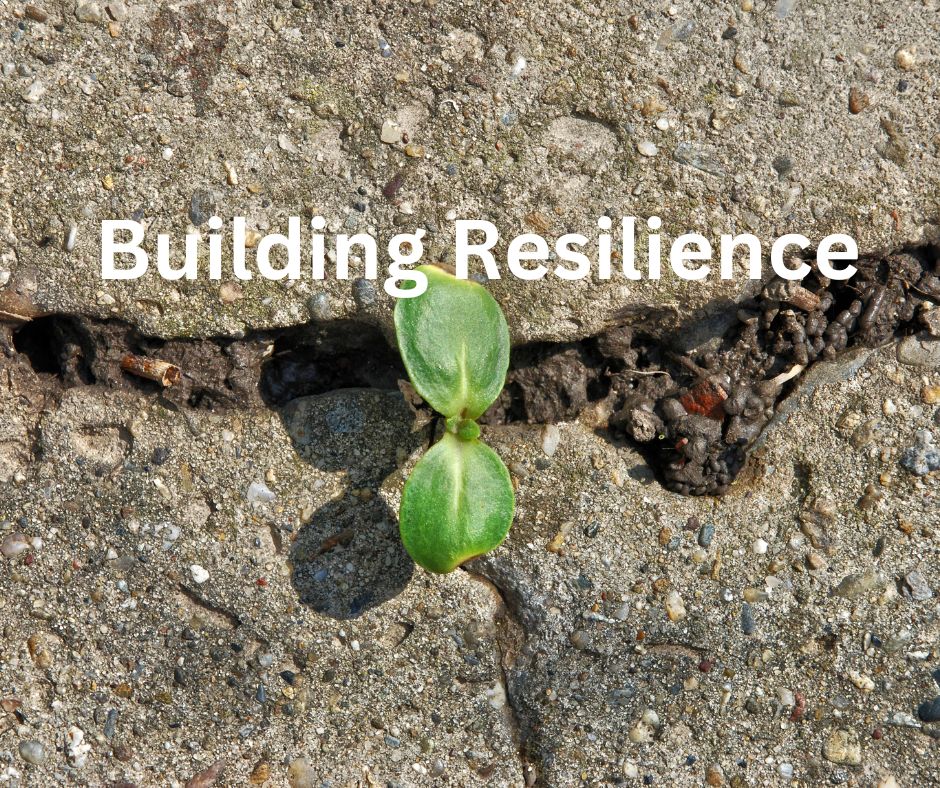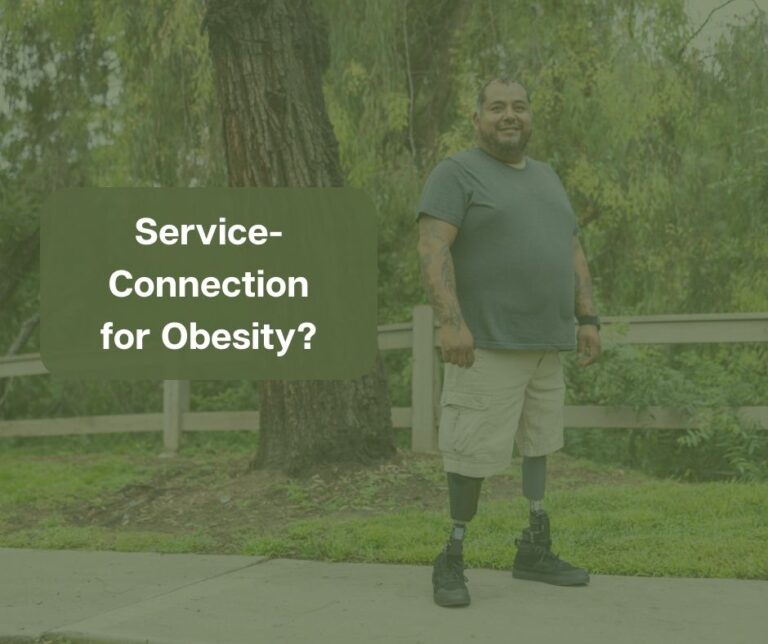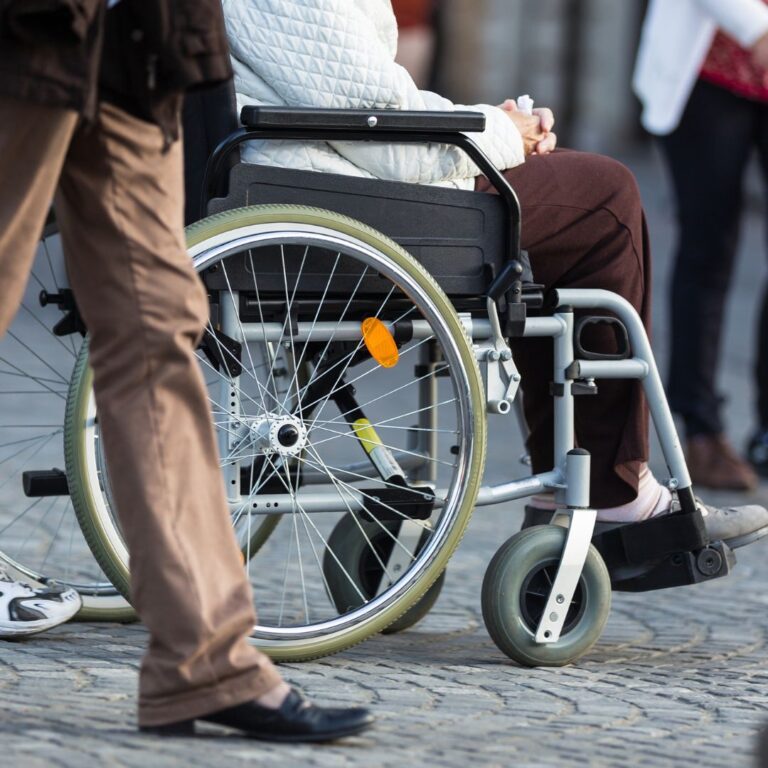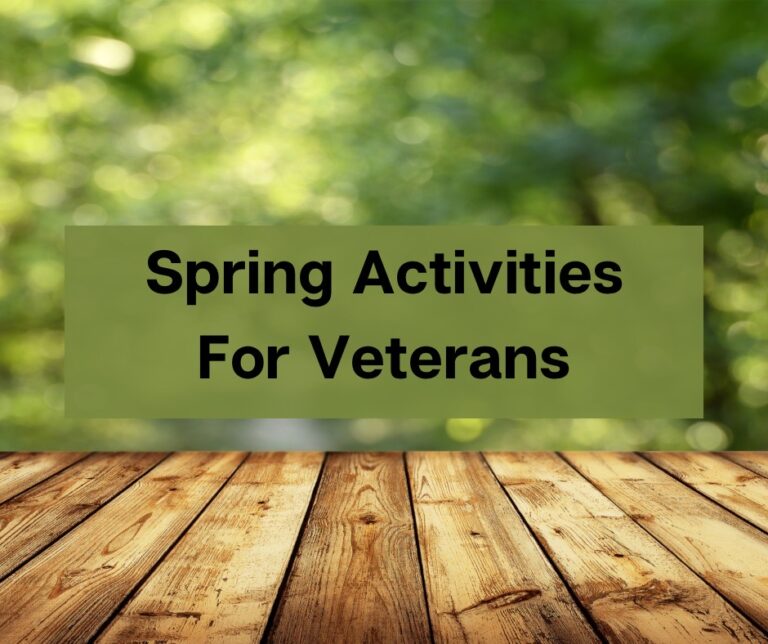Building Resilience
Whenever PTSD is brought up, one of the key strategies to help deal with it is to build resilience. But, what does that mean? Resilience refers to the ability to adapt and bounce back from adversity, and it can be cultivated through various practices and mindset shifts. Here are some strategies to help strengthen your resilience:
Self-Compassion:
Practice self-compassion by treating yourself with kindness, understanding, and acceptance. Recognize that you are going through a challenging time and give yourself permission to experience a range of emotions. Be patient with yourself as you navigate the ups and downs of your healing journey.
Positive Self-Talk:
Challenge negative self-talk and replace it with positive and supportive statements. Remind yourself of your strengths, accomplishments, and the progress you’ve made. Affirmations and positive affirmations can help shift your mindset and foster a more optimistic outlook.
Establishing Healthy Boundaries:
Setting healthy boundaries is crucial for your well-being. Learn to recognize and assert your needs, and communicate them to others effectively. This can include setting limits on your time and energy, saying no when necessary, and surrounding yourself with people who respect and support your boundaries.

Developing Coping Strategies:
Explore and develop healthy coping strategies that work for you. This may involve engaging in relaxation exercises, practicing mindfulness, engaging in creative outlets, or participating in activities that bring you joy and relaxation. Experiment with different techniques and find what resonates with you personally.
Seeking Social Support:

Reach out to trusted friends, family members, or support groups to share your experiences and emotions. Connecting with others who understand and empathize with your journey can provide validation, encouragement, and a sense of belonging. Don’t hesitate to ask for help when you need it and allow others to support you.
Embracing a Growth Mindset:
Adopt a growth mindset, which involves viewing challenges as opportunities for growth and learning. Instead of seeing setbacks as failures, reframe them as valuable lessons that can contribute to your personal development. Cultivating a growth mindset can help you approach difficulties with resilience and a sense of optimism.
Engaging in Meaningful Activities:
Participate in activities that align with your values and give you a sense of purpose. Engaging in volunteer work, contributing to your community, or pursuing hobbies and interests can provide a sense of fulfillment and a renewed sense of meaning in your life.
Taking Care of Physical Health:
Remember that physical and mental health are interconnected. Prioritize your physical well-being by engaging in regular exercise, maintaining a balanced diet, and getting enough restful sleep. Taking care of your physical health can contribute to improved mental well-being and resilience.

Embracing Flexibility and Adaptability:
Recognize that life is constantly changing, and flexibility is a key component of resilience. Cultivate the ability to adapt to new circumstances and challenges. Being open to new experiences and finding alternative ways of approaching situations can help you navigate the complexities of life with greater resilience.
Celebrating Progress:
Acknowledge and celebrate your progress, no matter how small. Take time to reflect on the steps you’ve taken, the challenges you’ve overcome, and the growth you’ve experienced. Celebrating your progress reinforces your resilience and motivates you to continue moving forward.
Remember, building resilience is an ongoing process. Be patient with yourself, and don’t expect instant results. Embrace the journey and trust in your ability to navigate through challenges. With time, practice, and understanding, you will see your resilience growing when faced with challenges.
God Bless, NWAVet







